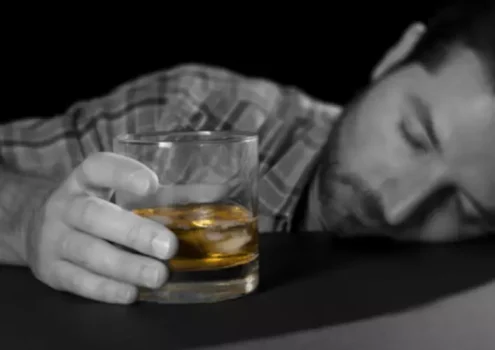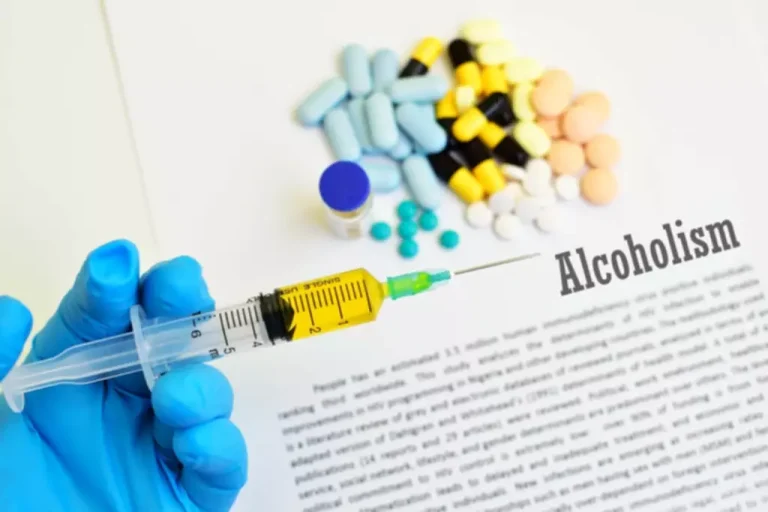
The National Institute on Drug Abuse (NIDA) says that “abuse” is no longer used because of its negative connotations and associations with punishment and judgment. It’s important to teach children, adolescents, and adults about the prevalence and dangers of substance use and help them develop resilience skills to avoid using substances. The best approach to prevent substance use is to provide comprehensive education and support alcohol vs drugs at all opportunities. Hosted by therapist Amy Morin, LCSW, this episode of The Verywell Mind Podcast shares strategies for coping with alcohol cravings and other addictions, featuring addiction specialist John Umhau, MD. Initially, alcohol causes the release of stimulant neurotransmitters, but ultimately, the rate of these neurotransmitters decreases. This means that with long-term use, the inhibitory function is dominant.

Support Groups
But because the body has adapted to its presence, a person may experience negative effects if they lower the dosage or stop taking it altogether. Physical dependence is when the body adapts to a substance’s presence. It leads to withdrawal symptoms if usage abruptly ends or is reduced. The terms “addiction” and “dependence” can seem similar, but they are different. Dependence occurs when the body physically relies on a drug. While this may be a difficult conversation, they can provide further testing to determine whether you need professional help for alcohol and drugs.
What Are the Symptoms of Alcohol Use Disorder?
It was tested for safety and efficacy from 1982 until 1988 when it was authorized for use by the French government to treat alcoholism. Disulfiram was first developed in the 1920s for use in manufacturing processes. The alcohol-aversive effects of Antabuse were first recorded in the 1930s. Workers in the vulcanized rubber industry who were exposed to tetraethylthiuram disulfide became ill after drinking alcohol. Stress and trauma are major factors that push a person toward addiction. Don’t jump to conclusions or start questioning their life choices.

Addiction Science

Together, we can work through addiction and recovery together and help you take control of your life. Distinguishing between these concepts is essential in recommending the right treatments. Physical dependence can require a careful tapering process. Addiction recovery can involve addressing both physical and psychological health.
Causes of Substance Use

At the end of four to six months of treatment with the Sinclair Method, 80 percent of people who had been overusing alcohol were either drinking moderately or abstaining entirely. With the Sinclair Method, people only take Revia or Vivitrol before drinking and never otherwise. Revia and Vivitrol are not like other anti-alcohol drugs that cause intense sickness and hangover sensations when taken with alcohol. In 1982, the French company Laboratoires Meram developed acamprosate for the treatment of alcohol dependence.
Prescription Substance Misuse
- This health condition is what’s responsible for a person experiencing alcohol withdrawal.
- Medications also can help deter drinking during times when individuals may be at greater risk of a return to drinking (e.g., divorce, death of a family member).
- Luckily, there are clear answers to these particular questions.
- Despite being aware of these harmful outcomes, many people who use drugs continue to take them, which is the nature of addiction.
You can find the alcohol rehab program you or a beloved family member need to overcome alcohol use disorder at all levels, from alcohol abuse to alcoholism. Alcohol is supposed to be beneficial to the body with the yeast brewed and the grapes in the wine. It has fruits, grains, and carbohydrates that may be beneficial to the body. That is why many people get drunk drinking the beverage form of alcohol, the ethanol. Almost all youngsters and adults alike who drink, have the intention of getting drunk, which is where the abuse comes in.
- Severity is based on the number of criteria a person meets based on their symptoms—mild (2–3 criteria), moderate (4–5 criteria), or severe (6 or more criteria).
- A properly functioning reward system motivates a person to repeat behaviors needed to thrive, such as eating and spending time with loved ones.
- The United States Drug Enforcement Administration (DEA) put together five Schedules (categories or classifications) of controlled substances.
- The addictive potential of the beverage depends on the amount of alcohol in each type of drink.
- People may try to overcome their tolerance whenever they drink by consuming more alcohol.
- However, addiction is treatable and can be successfully managed.
- Usually, a person who develops addiction is trying to mask a bigger issue.
- Drug abuse refers to the use of drugs only (not alcohol)—illegal drugs, prescription drugs, over-the-counter drugs—in excessive amounts.
- According to research, medications seem to be a positive part of the most effective combination for the treatment of alcohol use disorders—it’s also underused as a treatment method.
- With alcoholism, the most important component for alcohol treatment is usually time.
However, it doesn’t take much alcohol to reach a harmful level of drinking, and that is when alcohol use can turn into alcohol abuse. Alcohol, prescription, and over-the-counter medications, inhalants and solvents, and even coffee and cigarettes can all be used to harmful excess. Many children have their first encounter with substance misuse by using inhalants, simply because they are found in many common household products and, therefore, readily available. Treatment involves a professional assessment and treatment plan to meet the person’s individual needs for sustained recovery, says O’Neill. “The treatment plan can vary depending on several factors, such as severity of use and the person’s resources and sources of support.”
Presence of Alcohol Withdrawal Symptoms
For addictions and chemical dependences to street drugs, prescription drugs, designer drugs, tobacco, and alcohol, by far the best way to break the habit is detox and rehabilitation. If you or a loved one has a problem with any kind of drug (alcohol https://ecosoberhouse.com/ included), you should seek help before more damage is done, to the person’s brain, life, and relationships. Treatment for substance use disorders may involve behavioral therapies, medications, or a combination of different approaches.
It also covers some of the substances that are more frequently misused as well as the risks of substance misuse. Substance abuse is typically defined as a pattern of harmful use of any substance for mood-altering purposes. Substances can include alcohol, prescription and over-the-counter drugs, illegal drugs, inhalants and solvents, nicotine, and even coffee. A qualified healthcare professional can diagnose whether a person’s substance use is problematic and meets the diagnostic criteria for mild, moderate, or severe substance use disorder listed in the DSM-5. Based on their assessment, they will work out a treatment plan for the person. If the person’s healthcare provider determines that their substance use is problematic and they have substance use disorder, they may require treatment.
